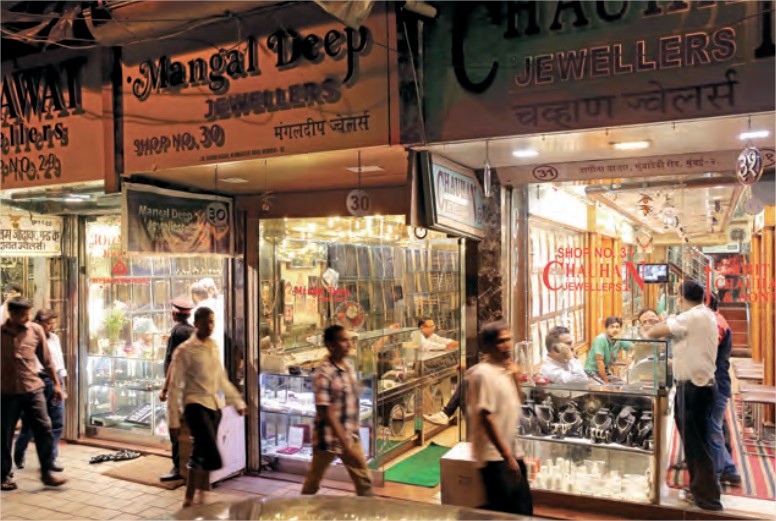ICRA, an investment and credit ratings agency affiliated to Moody’s, has issued a stable outlook for the Indian gold jewellery retail industry. Over the medium to long term, the gold jewellery demand growth is projected at 6-7% supported by the cultural underpinnings, evolving lifestyle, growing disposable income, favourable demographic dividend and the growing penetration of organised sector.
Following a strong 9% volume growth in fiscal year 2018, gold jewellery demand has been subdued in the current year, ICRA said. Jewellery sales during the critical festive period of August to November 2018, was relatively sluggish due to various factors like elevated gold prices, and floods in Kerala. Other factors impacting demand in the current year include fewer auspicious days, and cautious lending by banks to the gems and jewellery sector, thus curtailing the store expansion plans of the players.
“Gold jewellery demand in India varies across rural and urban markets, right from the type of jewellery bought, timing of purchases, etc. With around 65% of population in India living in rural areas, favourable farm output in the last two years on the back of good monsoons has been a positive trigger for rural demand, where jewellery is a traditional store of wealth. On the other hand, urban demand has gained traction from rising per capita income and demographic dividend,” the study said.
Jewellery buying is spread throughout the year with an increased skew towards September to January, led by festive and marriage seasons. This apart, factors like gold price, inflation, priority of needs, etc. are other key determinants while buying jewellery. Consumers time their purchases depending on price levels and especially when it coincides with festive seasons, there is a significant impact on demand, ICRA noted.
Being a price-sensitive market, higher gold prices results in deferment of purchases by consumers. Gold prices increased by over 6% in the last one year with consequent impact on consumption demand. This apart, financing to the gems and jewellery sector has been under increased scrutiny in the last one year following reporting of fraud by a few lenders on exposures to leading diamond jewellers, and on exposures to a couple of gold jewellery retailers in South India. Lending to the sector remains cautious with enhanced due diligence and checks on credit quality and inventory quality. Tightened credit has affected the store expansion plans and working capital position of industry players, especially the unorganised ones, it added.
While the overall demand has been largely subdued in the current year, the performance of organised players (ICRA’s sample set) has been relatively better. Post currency demonetisation and implementation of Goods and Services tax (GST), a marked shift is visible from unorganised to organised trade. This apart, assurances on quality, purity, and the availability of a wider design range and rising preference for fashion jewellery further supported organised trade. Going forward, ICRA expects these regulatory measures to continue to accelerate the formalisation of sector and the market shares of organised players are accordingly expected to increase.

